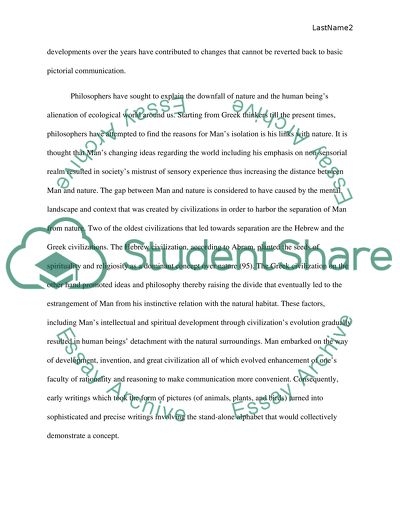Cite this document
(“Environment Research Paper Example | Topics and Well Written Essays - 1500 words”, n.d.)
Retrieved from https://studentshare.org/miscellaneous/1654117-environment
Retrieved from https://studentshare.org/miscellaneous/1654117-environment
(Environment Research Paper Example | Topics and Well Written Essays - 1500 Words)
https://studentshare.org/miscellaneous/1654117-environment.
https://studentshare.org/miscellaneous/1654117-environment.
“Environment Research Paper Example | Topics and Well Written Essays - 1500 Words”, n.d. https://studentshare.org/miscellaneous/1654117-environment.


